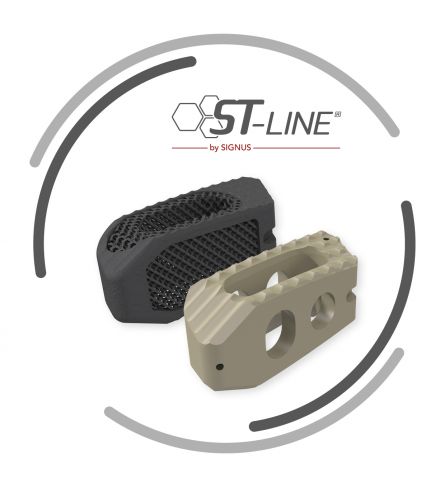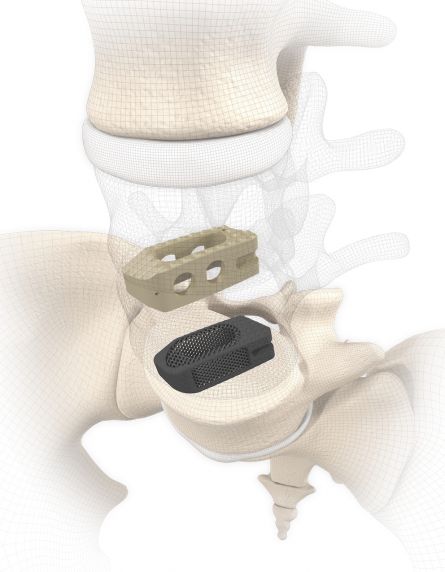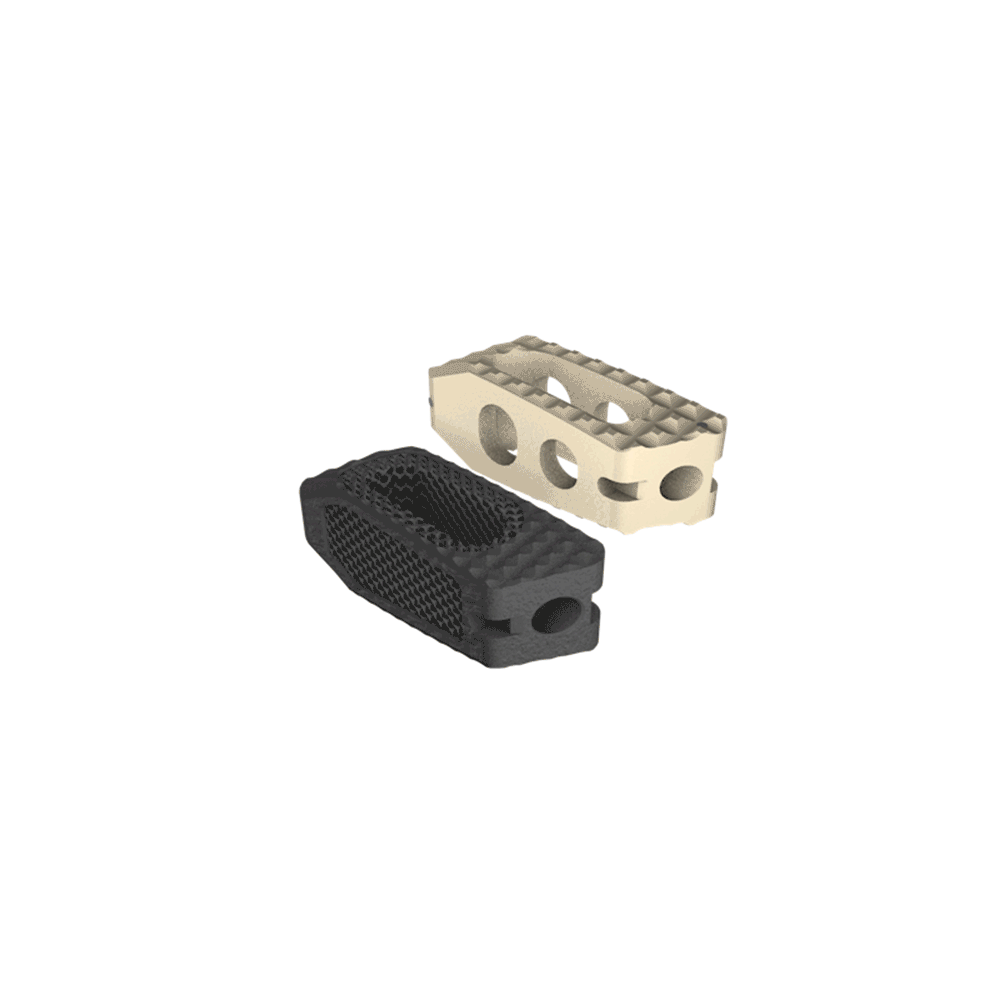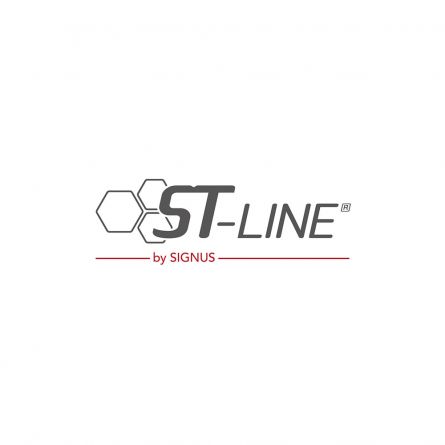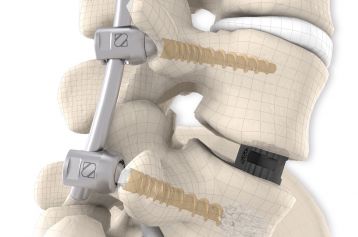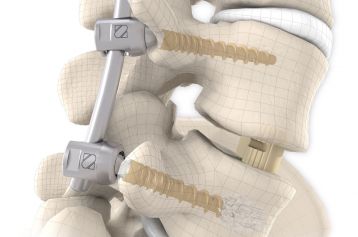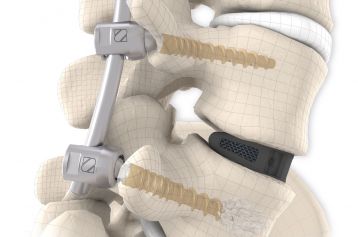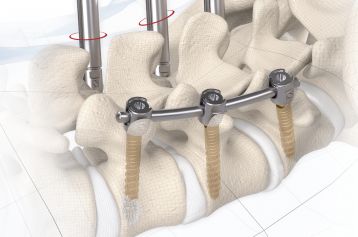WOMBAT
Request product
start request
Because of the protection it affords the spinal canal and the stabilising posterior structures, transforaminal fusion has become a widely used technique. WOMBAT® is a TLIF implant (Transforaminal Lumbar Interbody Fusion) that is positioned diagonally in the intervertebral space, unlike classic banana-shaped cages. This allows bilateral support to be achieved in spite oft he unilateral access – and that with a surgical procedure involving just one step!
WOMBAT® is placed by a TLIF (transforaminal lumbar interbody fusion) access in the L1-S1 spinal region. Besides the simple implantation procedure, the area of contact with the implant and the filling volume can in addition be maximised by utilisation oft he entire diagonal diameter oft he vertebral body. With its biconvex design WOMBAT® is an ideal fit to the curve oft he vertebral body.
The large fenestration in the implant permits the cage to be packed with natural or synthetic bone graft substitute such as KAINOS® Inject.
The inserted cage, combined with additional posterior instrumentation, leads to immediate biomechanical stabilisation. This establishes the ideal conditions for vertebral body fusion.
The large selection of implants provides for a high degree of intraoperative flexibility and ensures restoration of the intervertebral space. In addition to plane-parallel implants, the WOMBAT® cage is also available with a 6° lordotic angle.
Diagonal implant placement
Open implant design
Flattened implant apex
Smooth lateral surfaces
Biconvex design with or without lordosis
Large contact area with the vertebral body
Open, macroporous titanium structure*
Increased roughness* in conjunction with proven SIGNUS toothed cages design
Tantalum markers**
WOMBAT PEEK: PEEK-OPTIMA® is a biocompatible polymer offering a number of benefits in this indication. In its strength it is comparable to cortical bone and due to its excellent MRI compatibility permits artifact-free follow-up examinations.
The tantalum markers are used with x-ray or CT during and after surgery to check that the implant is correctly positioned.
WOMBAT ST: Manufactured from a biocompatible titanium alloy (TiAl6V4) with proven strength.
The open, porous structure of ST implants increases the surface area for new bone cells to settle, thus increasing the contact surface between the implant and the end plate of the adjacent vertebral body. In combination with the surface roughness of the implant, a high primary stability and a significantly reduced risk of migration can therefore be achieved. This is additionally favoured by the open and interconnecting porosity, which enables successful grafting of endogenous cell material and its propagation.
Click here for detailed ST material information.
Here you get to the eifu of WOMBAT.



